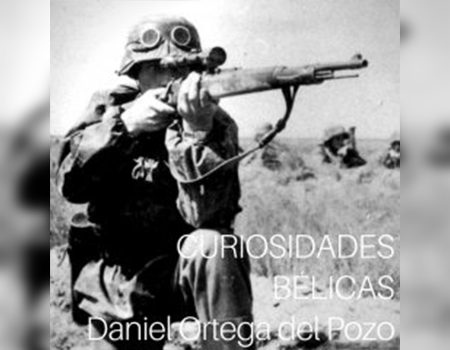


Soviets put a brutal end to Hungarian revolution

Exotic dancer and spy Mata Hari is executed

The Battle of Jena
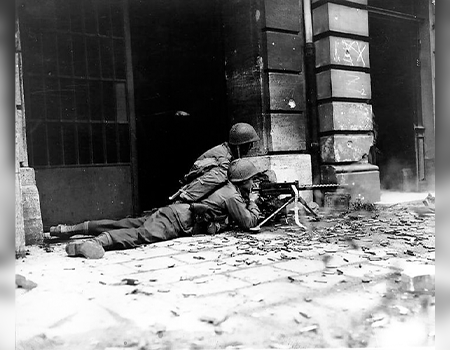
The Battle for Aachen
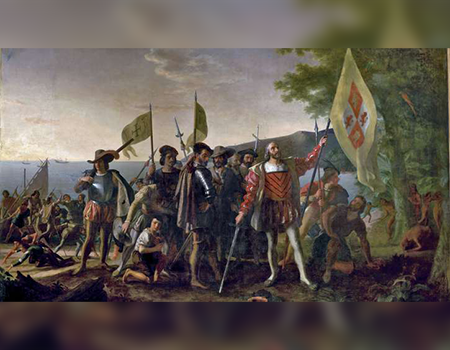
New World sighted
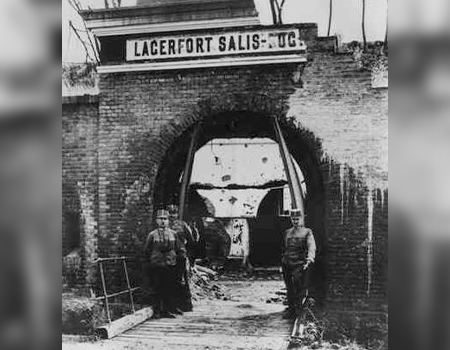
Siege of Przemyśl
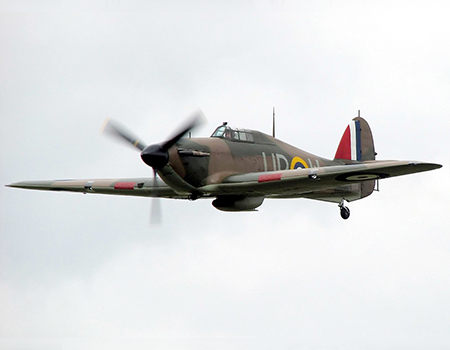
Battle of Britain Day
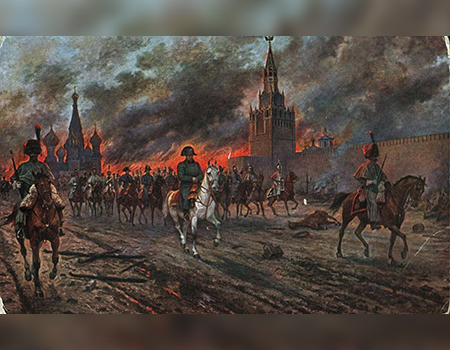
Great Fire of Moscow
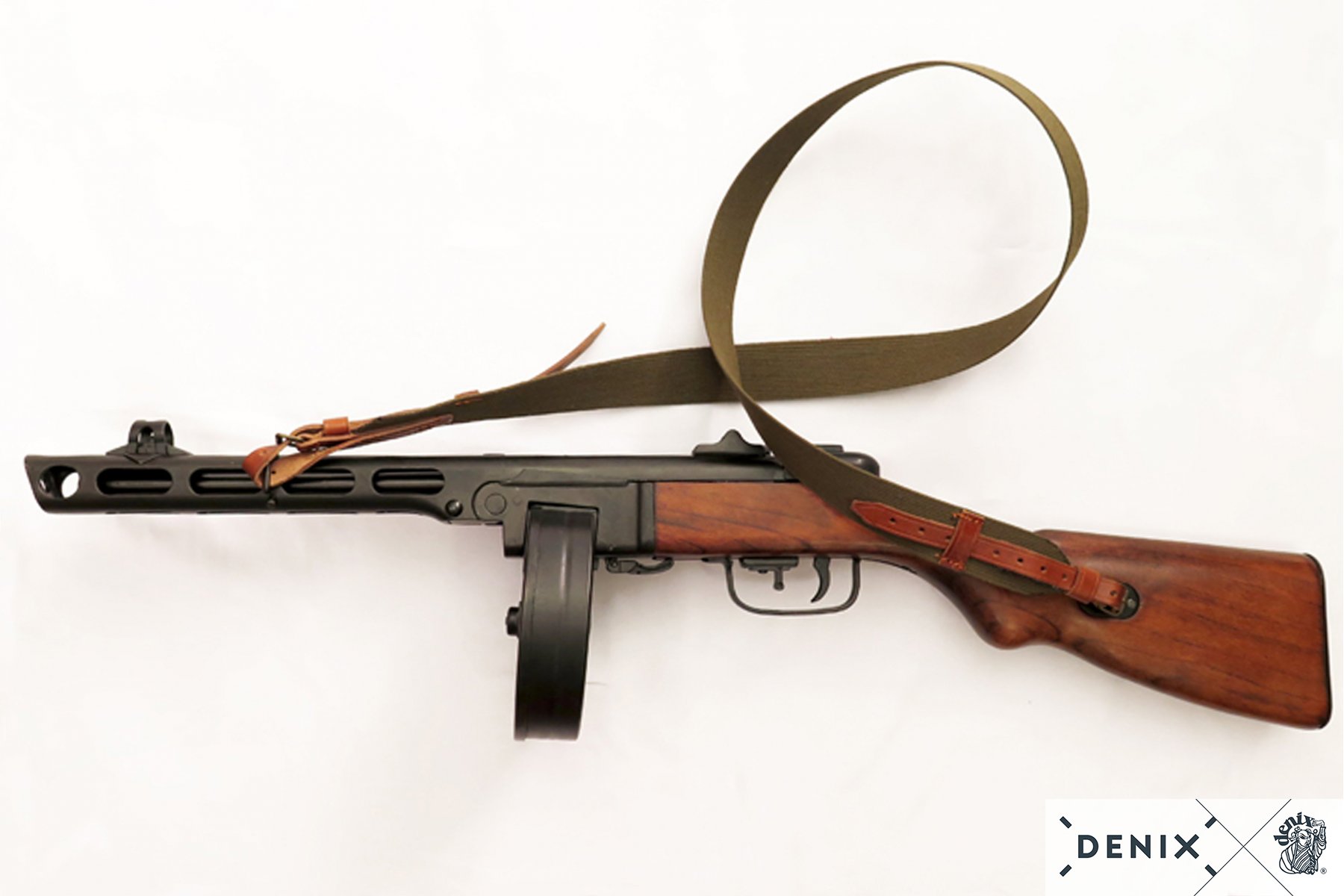
PPSH-41 SUBMACHINE GUN (SOVIET UNION, 1941)
VIDEO ASSEMBLY TUTORIALS: M1911 A1 PISTOL, USA

WAR CURIOSITIES: ARGONNE 1918. BEYOND THE MYTH OF AN INFERNAL STRUGGLE (2 OF 2).

GUNS AND THEIR HISTORY: THE OCTOBER REVOLUTION

WAR CURIOSITIES: ARGONNE 1918. BEYOND THE MYTH OF AN INFERNAL STRUGGLE (1 OF 2).

GUNS AND THEIR HISTORY: BATTLE OF YORKTOWN

GUNS AND THEIR HISTORY: LONDON BOMBED

WAR CURIOSITIES: A fight to the death in the Reichstag

GUNS AND THEIR HISTORY: MK 2 “PINEAPPLE” HAND GRENADE
The Mk II/Mk 2 series fragmentation grenade was the standard American Army infantry hand grenade from 1918 until the 1960s. Perhaps better known as the “pineapple” grenade for its patterned grooved metal body, the Mk II served in the latter months of World War 1 and throughout World War 2, the Korean War, the Vietnam War and various other period conflicts during its operational tenure. Other operators went on to include the armed forces of Argentina, Chile, Israel, Italy, the Netherlands and Turkey.
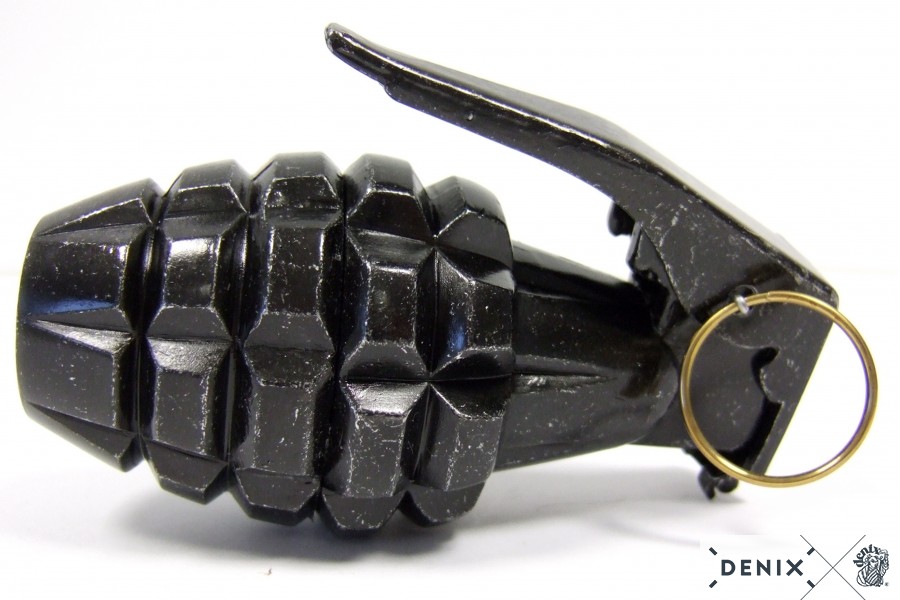
The Mk II first appeared in 1918 and saw limited use in the Great War replacing the Mk I series hand grenade of 1917. The original Mk I was a product of American design and introduced in 1917. However, there were noted ignition issues with the mark forcing production to be halted and delivered grenades to be recalled en masse. Eventually, the Mk I series was dropped from service in 1918, replaced by the much improved Mk II series – leaving the Mk I as a footnote in American military history.
Outwardly, the Mk II grenade was of a traditionally accepted hand grenade design encompassing a fragmentation body attached to a percussion-cap-and-time-fuse-delay detonation system atop a tapered neck. A ring held a safety pin in place prior to the grenade’s activation. The time fuse delay ran for approximately five seconds after activation to which the operator would lob the device against an enemy. The body of the grenade was manufactured of iron and dotted by a pattern of protruding blocks which gave the grenade its unique appearance while also aiding in its handling. The internal contents of the grenade consisted of 2 ounces of TNT filling to which, once detonated, would shatter the iron body in every direction, causing massive fragmentation damage to everything and anything within the blast radius. Initial production forms utilized an igniting fuse system while later models gave way to a detonating fuse arrangement.
The initial production model became the Mk II of 1918 which was followed by the revised Mk IIA1 of 1942. By this time, America was fully committed to the war effort that was World War 2 and production of all war goods spiked substantially. The Mk IIA1 variant was differentiated by its lack of a bottom “filler” hole and used the M10A2 igniting fuse (as opposed to the M10A1 and M11 series seen prior). A “high-explosive” version – the Mk II HE – was then issued with an M5 detonating fuse while the Mk II FRAG-TNT was completed with the M6A4C detonating fuse. During the war 2, the grenade could also be equipped with stabilizer fins and a tube body for firing from the muzzle of service rifles equipped with the M7 adapter, this configuration giving the standard infantryman a broader tactical reach against dug-in foes. The Mk II/ Mk 2 series served on until its circulation reach was minimized, ultimately replaced by more modern and efficient hand grenade types the world over. In April of 1945, the Mk II series (note Roman numerals) was redesignated as the “Mk 2”. The variants naturally followed suit in the US Army inventory, each dropping their Roman numeral identifiers.
The Mk II series was eventually replaced in the American inventory by the smooth-sided (and decidedly egg-shaped) M26 series of the 1950s.
View our collection of hand grenades here
source: www.militaryfactory.com
VIDEO ASSEMBLY TUTORIALS: 98K CARABINE, GERMANY 1935
98K CARABINE, GERMANY 1935
We released a new resource for our fans of DENIX replicas. They often ask us to develop replicas of more dynamic and realistic weapons.
We work hard to achieve this and we always preserve the safety of replicas that are 100% harmless. Our replicas have mechanisms that make the experience more dynamic and real, but this entails that our fans try to personalize and customize them by making them their own. Enjoying their replicas and the experience with their stories.
You already know that in DENIX we strongly discourage the manipulation of our models to modify or alter both their appearance and their functionality. And we decline any responsibility for the result of the changes made by the customer in any of our original models.
But many of you do it and you ask us how to mount or dismantle our weapons. We think that this video tutorial can help you. And so become experts among the fans of our historical weapons replicas.
Hope you enjoy it.
original post published by DENIX on their website


